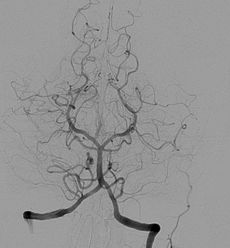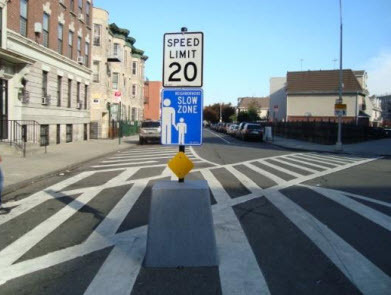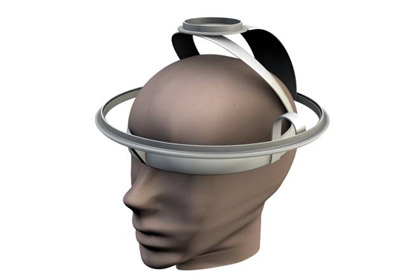Diagnostic errors are not a new problem, in 1991 the Harvard medical Practice Study, investigated Medical Malpractice in New York Hospitals and found out that diagnostic errors were accounting for 14% of physicians errors and that 75% of them were due to doctors negligence.
In 1999 a study from the Institute of Medicine “To Err is Human”, looks at diagnostic errors and classifies them in four different categories: error or delay in diagnosis, failure to employ indicated tests, use of outmoded tests or therapy and failure to act on results of monitoring or testing.
Despite these studies, diagnostic errors have been largely ignored until recent research calculated the impact of such errors. Results from a 2009 report funded by the federal Agency for Healthcare Research and Quality showed that 28% of diagnostic mistakes were life-threatening or had resulted in death or permanent disability.
 New York Personal Injury Attorneys Blog
New York Personal Injury Attorneys Blog


 Angiography alone doesn’t detect Ischemia and may lead to
Angiography alone doesn’t detect Ischemia and may lead to 
 Every 9 minutes a young worker suffers injury at work. In 2010, 328 teens
Every 9 minutes a young worker suffers injury at work. In 2010, 328 teens 
 A research team led by Boris Rubinsky, Professor of the Graduate School at
A research team led by Boris Rubinsky, Professor of the Graduate School at 